We will send you an email to reset your password.
Navratri is one of the most cherished Hindu holidays in India. It’s celebrated every year in honour of the Mother Goddess Durga. Navratri originates from the Sanskrit words Nava and Ratri, which mean nine and night. The 9 days of Navaratri Festival symbolises the fervent adoration for Maa Durga, the most powerful incarnation of female energy. Navratri, a nine-day festival honouring various Durga or Maa Shakti manifestations, preserves the moralistic tradition of religious Hindu festivities.
The History of Navaratri
The most well-known mythology is of Mahishasura, the buffalo-headed demon king who won the favour of Lord Shiva and received the blessing that made him immortal and undefeatable by all men. But however, this gift did come in with one condition that the only individual who would be able to beat Mahishasura would be a woman.
Mahishasura didn't think that any woman would be strong enough to kill him. Over the years, the devas were even driven out of "swarglok" by Mahishasura, who then went on a murderous rampage. The Gods pleaded with Lord Shiva to safeguard the people. In order to defeat the evil Mahishasura, the Trinity of Brahma, Vishnu, and Shiva channelled their power in energy that took the shape of Goddess Durga. The devas also offered her their special weapons, including the axe and the sword before she went into battle.
The fight lasted nine nights, and on the ninth night, Mahishasura was beheaded by Goddess Durga. The tenth day, which represents the ultimate day when virtue and truth triumph over evil, came to be known as Vijayadashmi. The nine nights that preceded it became known as Navratri. Thus, it symbolises the victory of good over evil.
Present-day celebrations of Navratri
The nine avatars of goddess Durga are represented by nine days, each with a particular colour significance There is an incarnation of the goddess associated with each day respectively. Shailputri, Brahmacharini, Chandraghanta, Kushmanda, Skandamata, Katyayani, Kaalratri, Mahagauri, and Siddhidatri.

Navratri Golu dolls celebrations during the Navratri festival are another notable South Indian custom. These small depictions feature deities, creatures, birds, and country life. Golu is a term for the imaginative displays that people create in their houses. Friends and family invite one another over to see the decorations, then they exchange gifts and sweets.
In the middle of a beautifully adorned Rangoli, a Kuthuvilakku lamp is lit, and hymns and shlokas of devotion are chanted. Following the puja, the prepared foods are offered to the Goddess and then served to the guests.
The most fortunate day of all is the tenth, or Vijayadasami. It was the day that good ultimately triumphed over evil. It signifies a fresh, fruitful beginning. Later, on the evening of Vijayadasami, one of the dolls from the display is placed to sleep symbolically, and the Kalasa is shifted slightly to the north to signify the conclusion of the Navaratri Golu for that year. Prayers are said to thank the Lord for allowing that year's Golu to be completed successfully as well as to ask for the same for the following year. The Golu is then removed and packed for the next year navaratri festival.
Check out our Navratri puzzle~ A perfect Navaratri gift for your friends and family.
Join us in Saluting the Feminine Power!

Explore: Navaratri - Festival of feminine power puzzle by Aurva


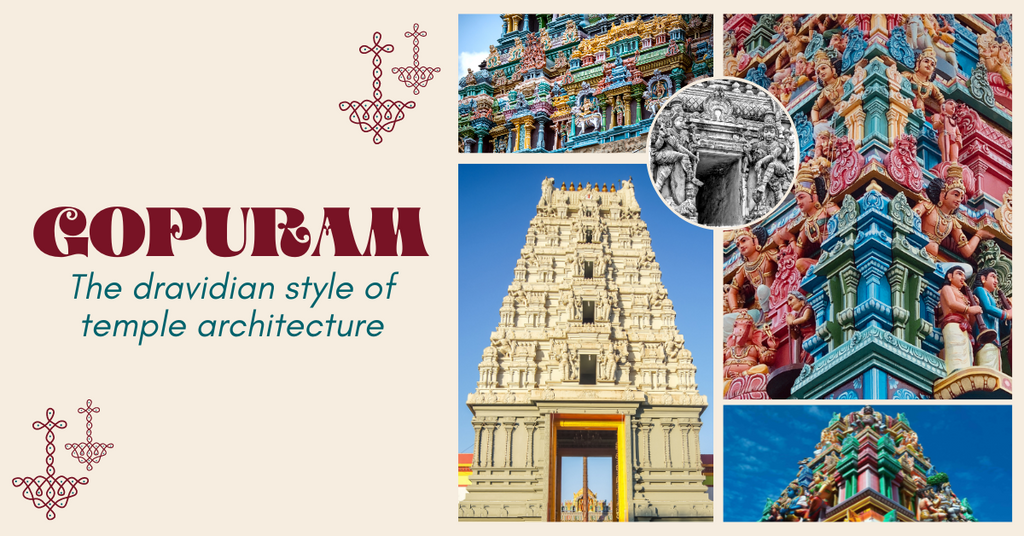
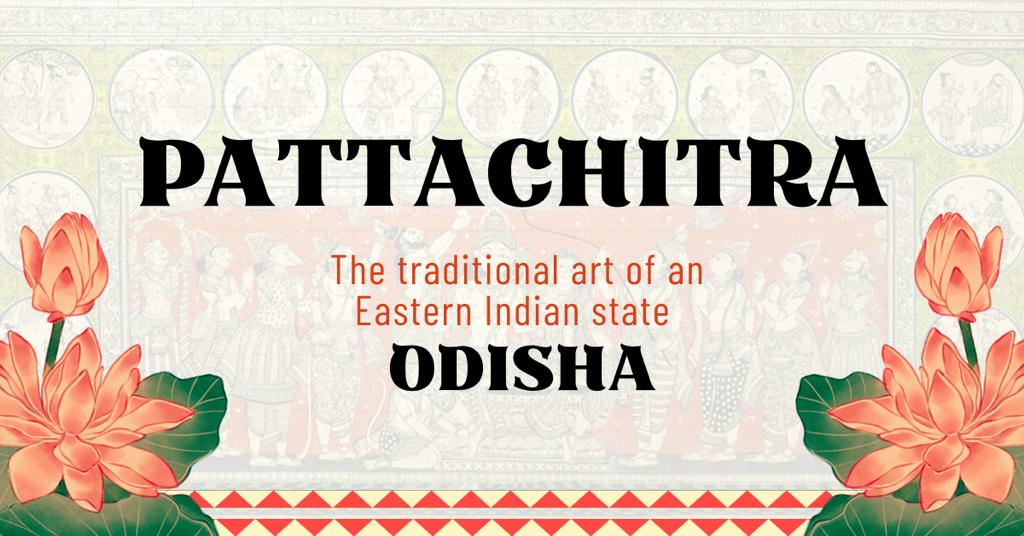
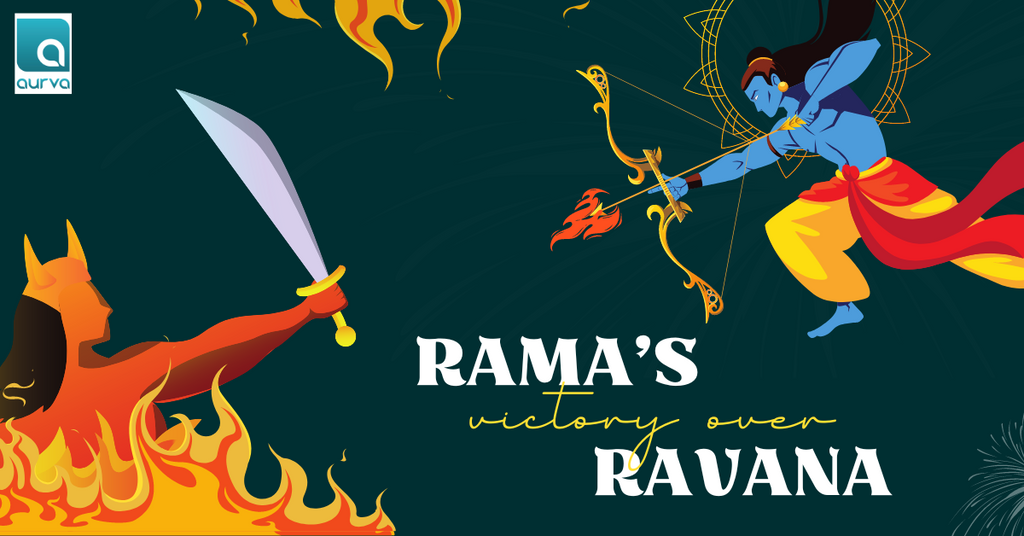
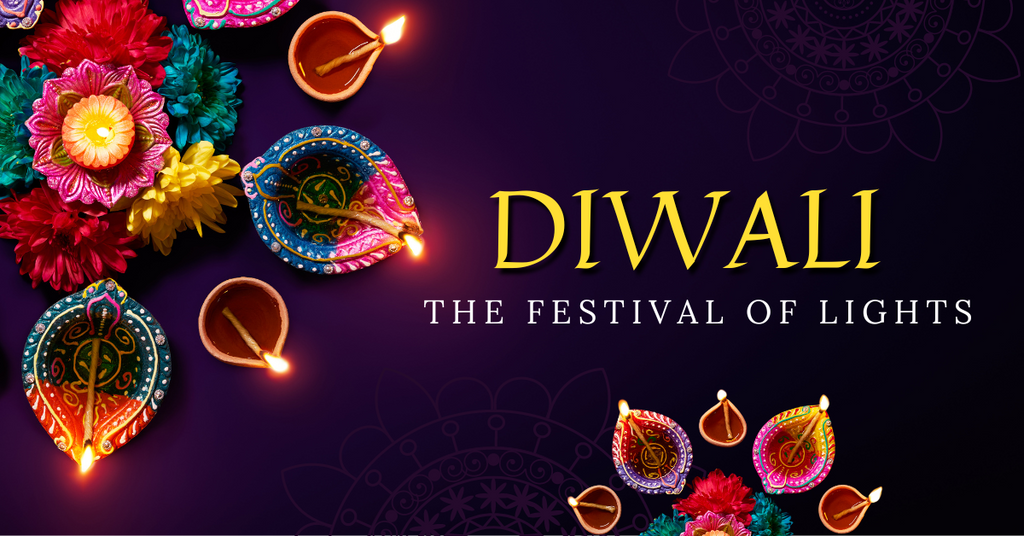
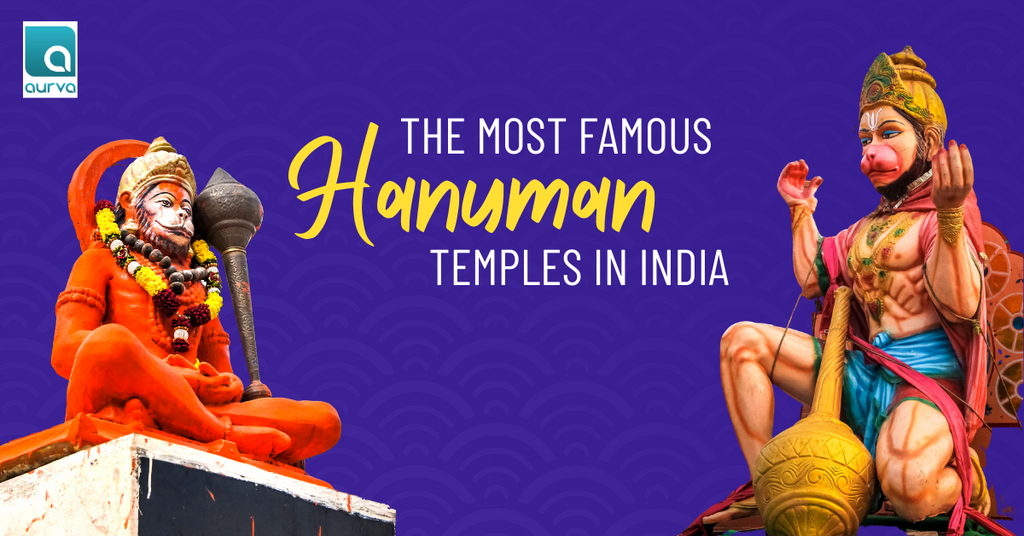
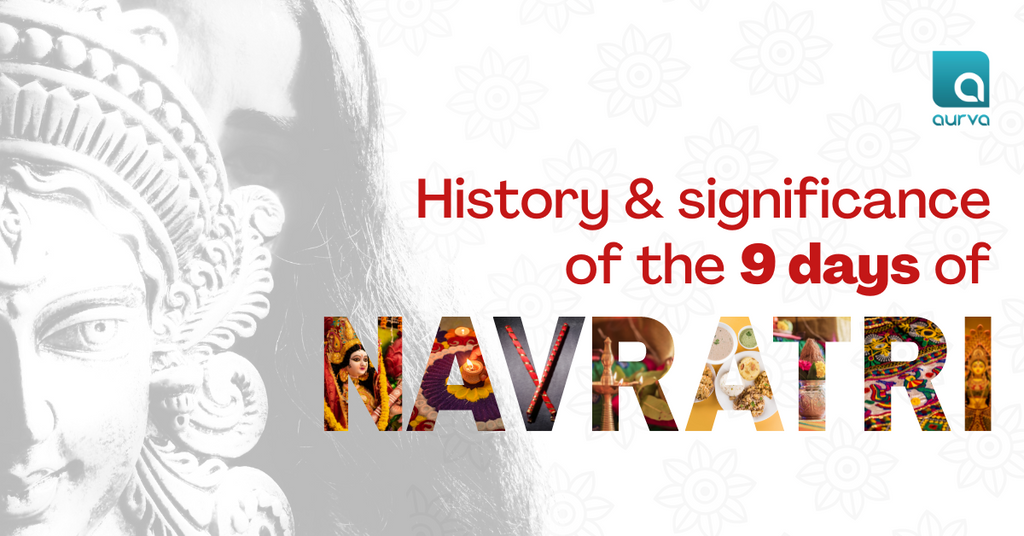
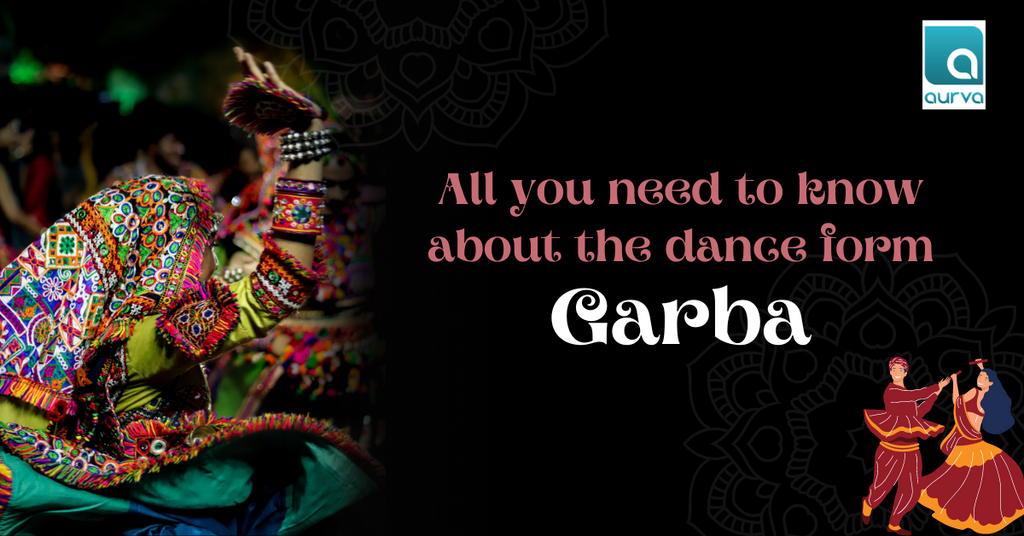
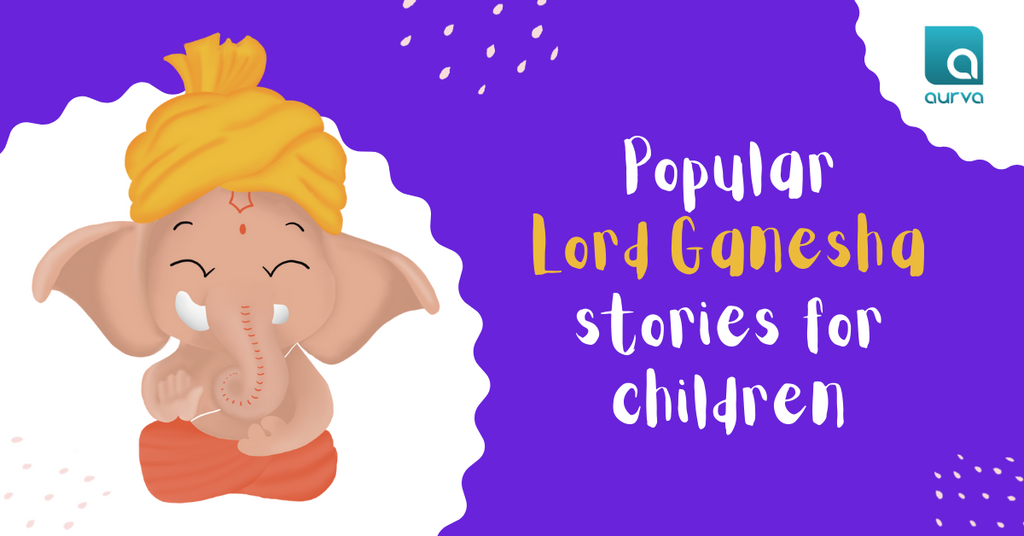

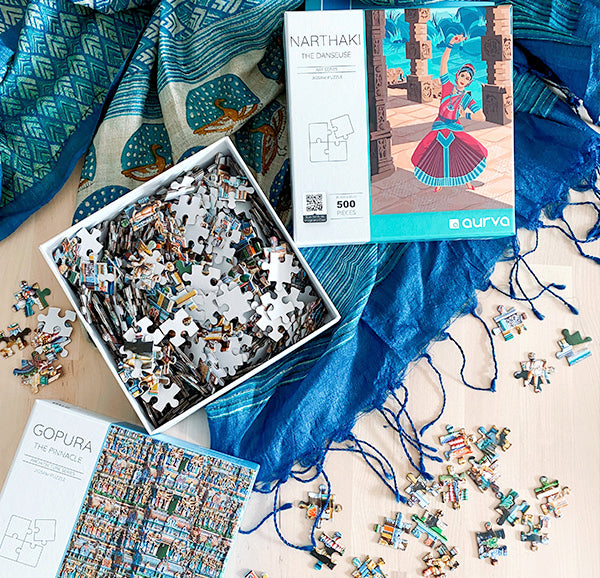
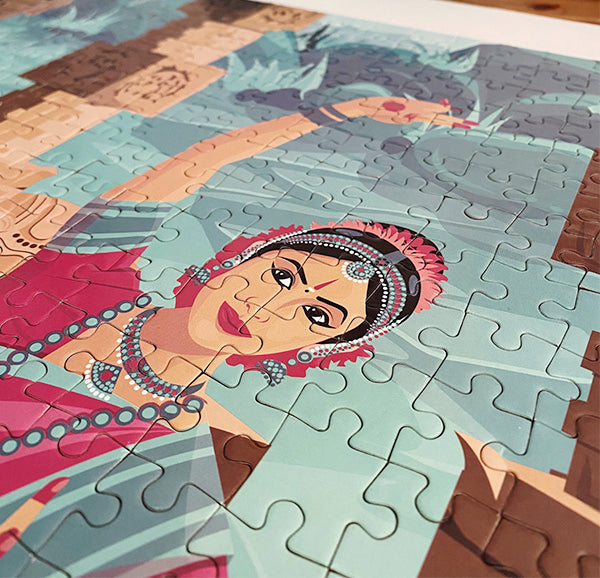
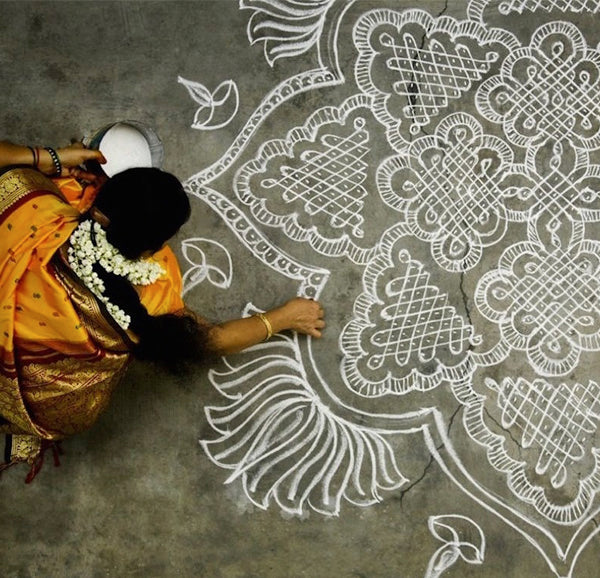

Leave a comments